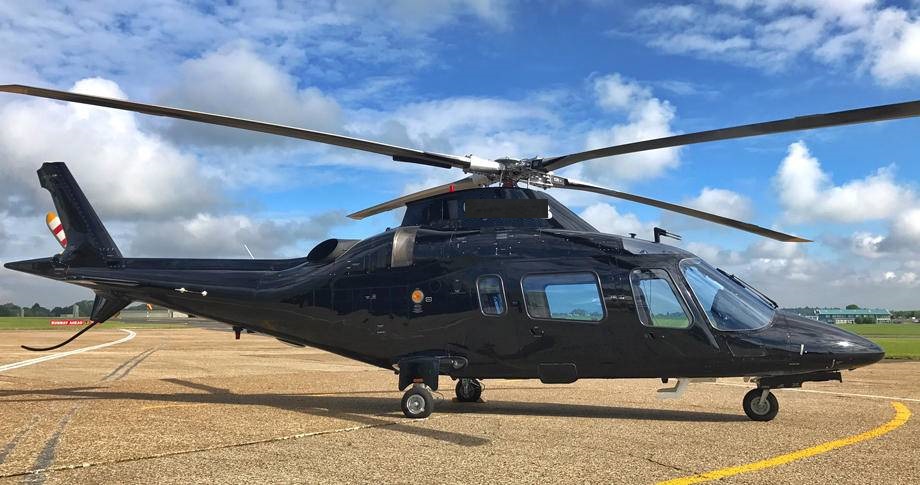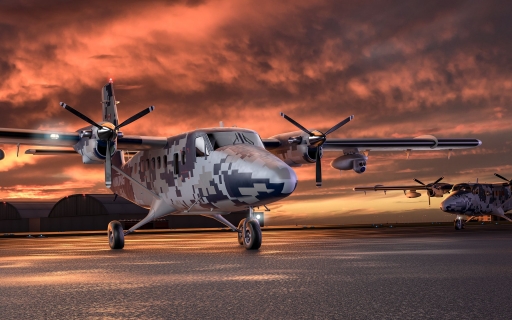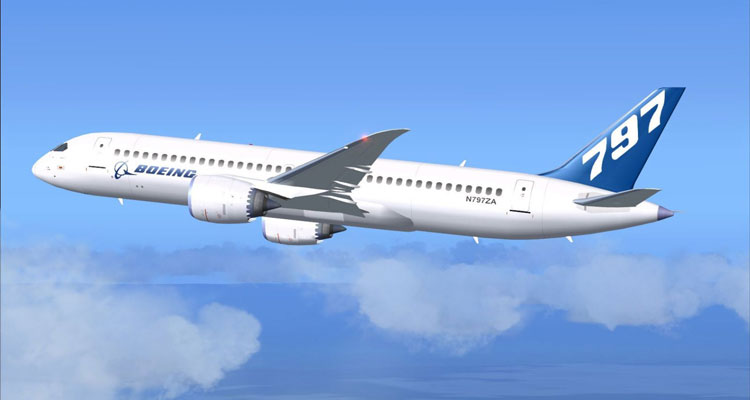
NEW YORK (Reuters) – A helicopter made a crash landing onto the roof of a midtown Manhattan skyscraper on Monday, killing at least one person and sending a plume of smoke skyward from the top of the building. The person deceased is “presumed” to be the pilot.
The crash occurred shortly before 2 p.m. (1800 GMT) on a rainy, foggy day at the 750-foot (229m) AXA Equitable Center at 787 Seventh Avenue. Dozens of emergency vehicles swarmed the busy area, a few blocks north of Times Square.
The chopper took off from a heliport on Manhattan’s east side and crash-landed on the building 11 minutes later, emergency officials said.
The site is about half a mile from Trump Tower, where U.S. President Donald Trump maintains an apartment. The area has been under a temporary flight restriction since his election in November 2016.
Nathan Hutton, who works in information technology for the French bank BNP Paribas on the 29th floor, said the building shook when the helicopter slammed into the roof.
“It felt like you were just standing there, and someone takes their hand and just shoves you,” he said. “You felt it through the whole building.”
The Federal Aviation Administration said in a statement that the aircraft was an Agusta A109E, a twin-engine, lightweight helicopter. The pilot was the only person aboard, and FAA air traffic controllers did not handle the flight, according to the agency.

The National Transportation Safety Board will investigate the cause of the crash, the FAA said.
Melvin Douglas, 50, who was selling umbrellas on the street, said he heard a “rumble” when the helicopter crash landed.
“I didn’t see it, but I felt it,” said Douglas. “Smoke was on top of the building.”
A fire that broke out on the roof was quickly brought under control, the fire department said. The building was evacuated after the crash.
Trump called New York Governor Andrew Cuomo, who was at the scene soon after the crash, to offer assistance if needed, the governor’s office said.
“Phenomenal job by our GREAT First Responders who are currently on the scene,” Trump said on Twitter after being briefed on the crash. “The Trump Administration stands ready should you need anything at all.”
The AXA Equitable Center was built in 1985 and includes more than 50 floors. A roof helipad is not listed as one of the building’s amenities on its website.
In addition to BNP Paribas, the building houses offices for a number of other corporate tenants, including law firms Willkie Farr & Gallagher and Sidley Austin and investment manager New Mountain Capital. Le Bernardin, one of New York City’s most celebrated restaurants, is also located in the AXA building.
The skyscraper is managed by the Los Angeles-based CommonWealth Partners. Reached by telephone, LeAnn Holsapple, the office manager for CommonWealth, said the company had “no comment at this time.”
Helicopters are a regular sight in the air around Manhattan, and they have occasionally been involved in crashes.
Nearly a month ago, a chopper crashed into the Hudson River in New York City shortly after taking off from Manhattan, injuring two people. A sightseeing helicopter went down in New York City’s East River in March 2018, killing five passengers.
Reporting by Gabriella Borter; Additional reporting by Peter Szekely and Jonathan Allen; Writing by Joseph Ax; Editing by David Alexander and Bill Rigby












